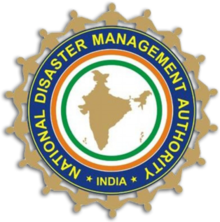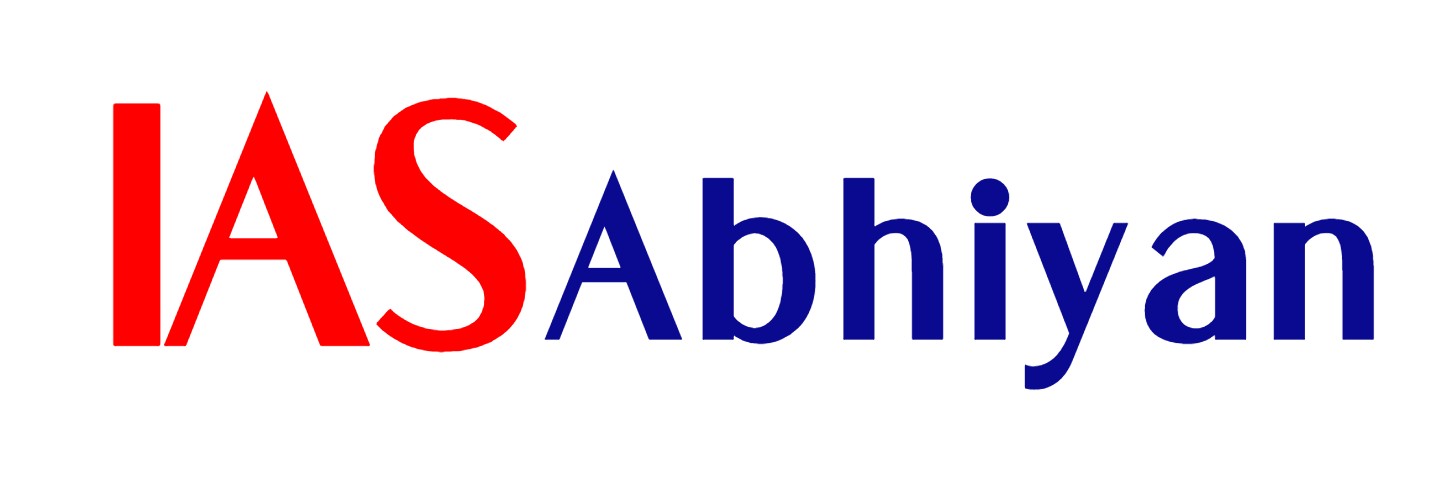Context
-
National Disaster Management Authority (NDMA) has been created under Disaster Management Act,2005 after Indian Ocean tsunami of 2004

- Initially constituted in 2005 by an Executive Order but subsequently notified in 2006 under the provisions of the Act
- consists of a chairperson & members not excluding 9 members
- ex-officio chairperson-Prime Minister & other members (status of Minister of State) nominated by PM along with vice-chairperson (status of Cabinet Minister) among its members
- apex body for disaster management
- administrative control of the Union Ministry of Home Affairs
Objectives of National Disaster Management Authority
- culture of prevention, preparedness and resilience
- mitigation measures
- developmental planning process
- establish institutional and techno-legal frameworks
- efficient mechanism for identification, assessment and monitoring
- contemporary forecasting and early warning systems
- efficient response and relief with a caring approach
- undertake reconstruction as an opportunity
- promote a productive and proactive partnership
Functions of National Disaster Management Authority
- Lay down policies /guidelines (For SDMAs & National Institute of Disaster Management)
- Approve the National Plan
- Integrating the measures for prevention of disaster or the mitigation
- Coordinate the enforcement and implementation of the policy
- Recommend provision of funds
- Support to other countries
- Minimum standards of relief to be provided
- Recommends relief in repayment of loans or grant of fresh loans on concessional terms
- Exercises the general superintendence, direction and control of the National Disaster Response Force
- Authorizes the concerned department or authority to make the emergency procurement of provisions or materials for rescue or relief
- Submits annual report to central govt. which will be placed before both the houses
State Disaster Management Authority (SDMA)
- Consists of a chairperson and other members, not exceeding nine
- ex-officio chairperson-Chief Minister and also of State Executive Committee
- Other nine members include 01 as Vice-Chairperson and others were nominated by Chief Minister
Functions
- Lay down policies /guidelines
- Approve the State Plan
- Integrating the measures for prevention of disaster or the mitigation
- Coordinate the enforcement and implementation of the policy
- Recommend provision of funds
- Support to other countries
- Minimum standards of relief to be provided
- Recommends relief in repayment of loans or grant of fresh loans on concessional terms
- Exercises the general superintendence, direction and control of the National Disaster Response Force
- Authorizes the concerned department or authority to make the emergency procurement of provisions or materials for
rescue or relief - Submits annual report to central govt. which will be placed before both the houses
District Disaster Management Authority (DDMA)
- chairperson and other members, not exceeding seven
- ex-officio chairperson: Collector (or District Magistrate or Deputy Commissioner)
- exofficio co-chairperson: elected representative of the local authority
- Tribal Areas (6th Schedule): ex-officio co-chairperson is the chief executive member of the district council of autonomous district
- Ex-officio members: chief executive officer, superintendent of police & chief medical officer
- Note: chief executive officer is appointed by the state government
Functions
- prepare a disaster management plan including district response plan
- takes all measures, coordinate and monitor in accordance with the guidelines laid down by the NDMA and the SDMA
- Identification of vulnerable areas and measure for prevention
- organise and coordinate specialised training programmes
- community training
- maintain, review and upgrade the mechanism for early warnings and dissemination
- advise, assist and coordinate the activities of the departments of the government at district point.
COVID-19 & Ambit of the Disaster Management Act, 2005
- The legislative intent of the DM Act was to, “provide for the effective management of disasters”. The National Disaster Management Authority (NDMA) under the DM Act is the nodal central body for coordinating disaster management, with the Prime Minister as its Chairperson.
- The NDMA lays down policies, plans and guidelines for management of disaster (S.6). Similarly, State, District and Local level Disaster Management Authorities were established, manned by high functionaries. All these agencies are envisaged to work in coordination.
- The powers exercised by the home secretary for being the Chairman of the National Executive Committee (NEC) under section 10 of the DM Act (2005) have been delegated to the Ministry of Health and Family welfare.
- NDMA so far formulated 30 Guidelines on various disasters including the ‘Guidelines on Management of Biological Disasters, 2008’. The 2019 National Disaster Management Plan, issued also deals extensively with Biological Disaster and Health Emergency. This is the broad legal framework within which activities to contain COVID-19 are being carried out by the Union and State governments.
- Power bestowed by DM Act on Central Government and NDMA are extensive. The Central Government, irrespective of any law in force (including over-riding powers) can issue any directions to any authority anywhere in India to facilitate or assist in the disaster management (Ss 35, 62 and 72). Importantly, any such directions issued by Central Government and NDMA must necessarily be followed the Union Ministries, State Governments and State Disaster Management Authorities (Ss 18 (2) (b); 24(1); 36; 38(1); 38(2)(b); 39(a);39(d) etc.).
- In order to achieve all these, the prime minister can exercise all powers of NDMA (S 6(3)). This ensures that there is adequate political and constitutional heft behind the decisions made.
Laws relevant to states:
- State governments, in addition to DM Act, have used the Epidemic Diseases Act, 1897and the various state specific Public Health Acts (eg: Tamil Nadu Public Health Act, 1939) to deal with the crisis.
- Taking cue from the ‘Containment Plan for Large Outbreaks (COVID 19)’ issued by the Union Ministry of Health & Family Welfare which is the Nodal Ministry for biological disaster, several states have issued COVID specific Regulations.
- The Act gives power to the district administration under Sections 33 and 34 to deal with any disaster-related situation.
- Under Section 33 and 34 the district authorities may opt for requisition powers for any officer or any department at the district level or any local authority to take measures for prevention or mitigation of disaster or to effectively respond to it and such officer or department is bound to carry out such order.
National Executive Committee
- A National Executive Committee (NEC) is constituted under Section 8 of the DM Act, 2005 to assist the National Disaster Management Authority in the performance of its functions.
- Union Home secretary is its ex-officio chairperson.
- NEC has been given the responsibility to act as the coordinating and monitoring body for disaster management, to prepare a National Plan, monitor the implementation of National Policy etc.
For Other Subject Wise Prelims Revisions: Click Here
For IAS Abhiyan NCERT Notes / Current Affairs / Test Series / Standard Notes : Click here
